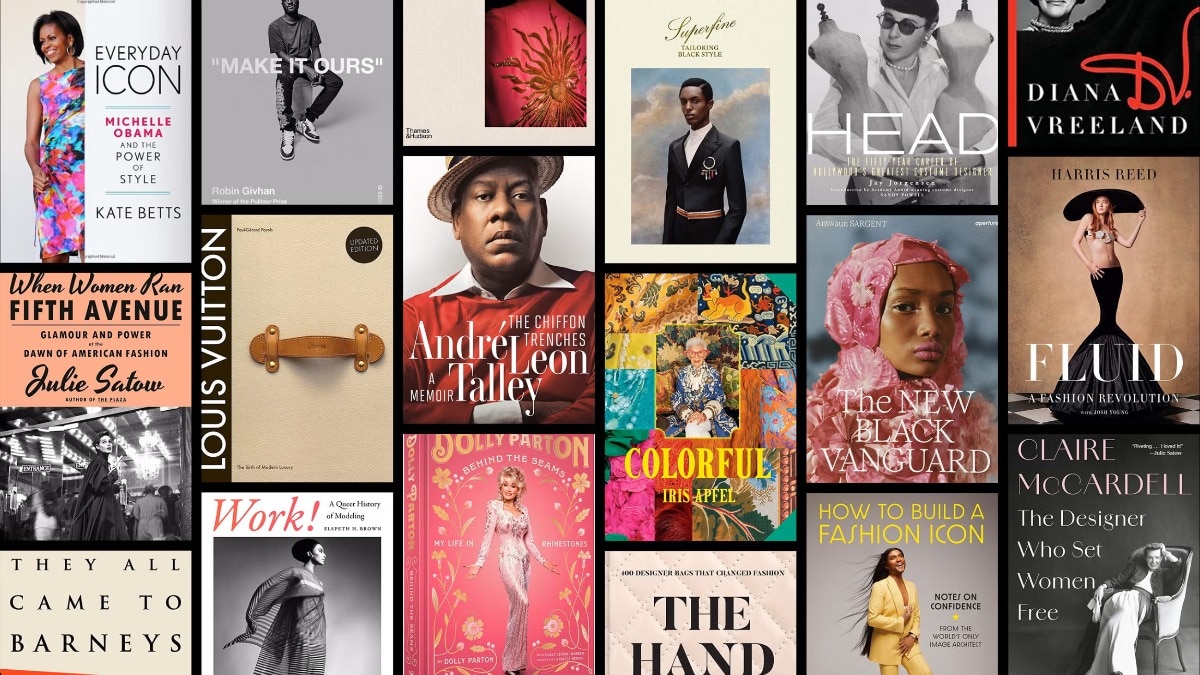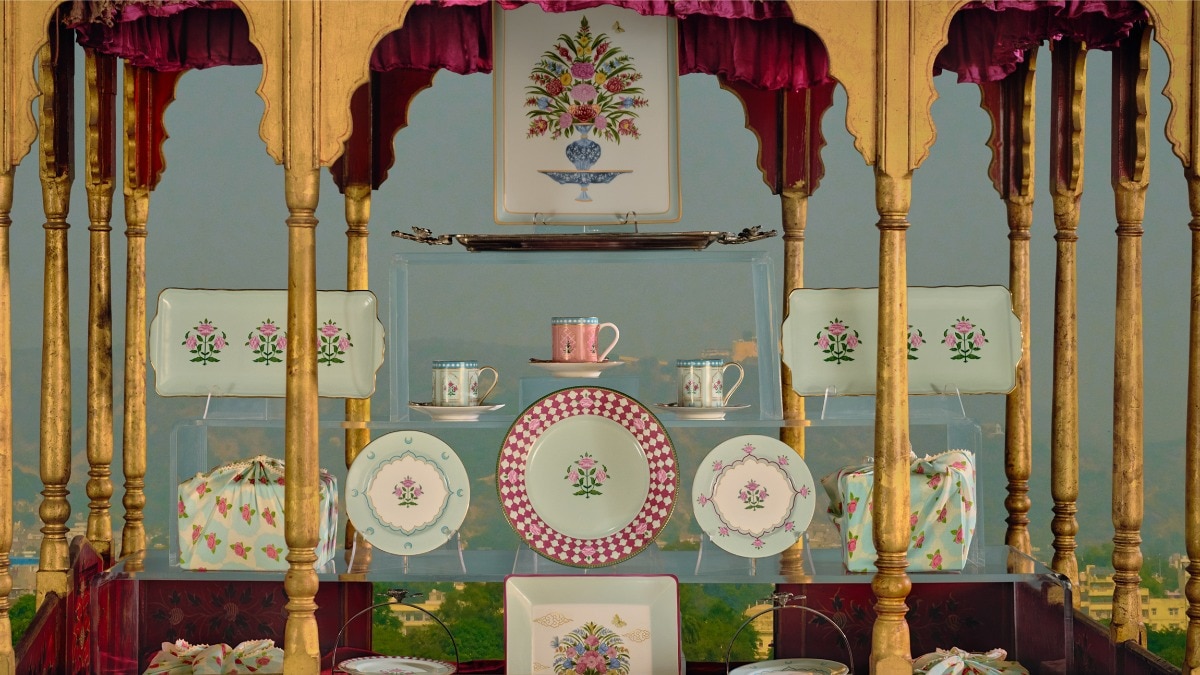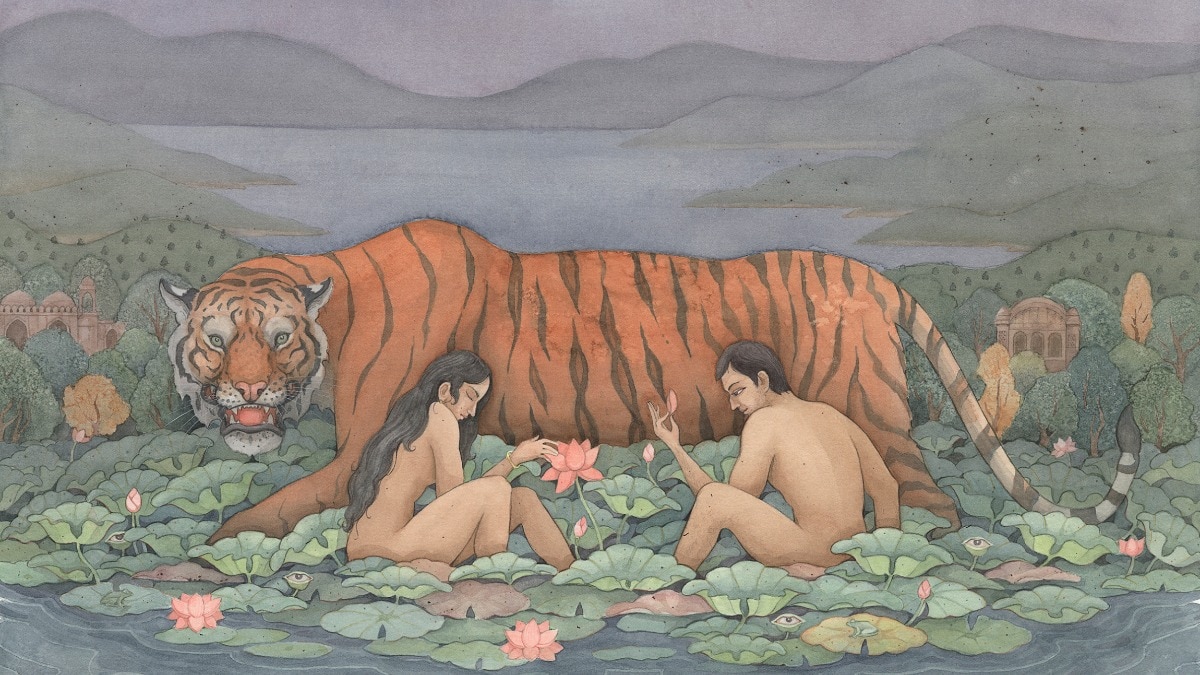
Navigating the evolution of art conservation in India
Bazaar India explores the transformation of revival and restoration of art with establishments like the Archaeological Survey of India, the Indian National Trust for Art and Cultural Heritage, and others.


The historical archives of India are a testament to the prevalence of restoration and conservation practices since ancient times to preserve our creative heritage. Take for instance, the meticulous preservation of cave art and sculptures in the Mauryan and Gupta periods, the initiatives undertaken during the medieval times by the Mughal emperors, and the efforts in the colonial era to document Indian art. The establishment Archaeological Survey of India (ASI) in 1861 marked a significant milestone in conservatory practices. There’s no denying that these practices gained traction to become more organised and professional disciplines only in the post-independence era. It was in the ’80s, Martand Singh (fondly known as Mapu), the erstwhile Rajput prince of Kapurthala and heritage and textile conservationist, founded the Indian National Trust for Art and Cultural Heritage (INTACH) with a vision to endeavour nuanced exhibitions and projects.
Bindu Manchanda, heritage revivalist, founder of Cultural Conservation Consultants and the founding trustee of The Partition Museum, shares her experience of working under Mapu at INTACH, “Meeting and working with Mapu was life-altering. His vision and clarity of thought were unparalleled. While today we are so dependent on technology, he remembered every detail and instructed us verbally without even a paper in his hand at the time of working on my first museum project—Rani Ka Mahal in Jaisalmer. He pushed me out of my comfort zone right at the onset, from talking to the funders for the project to mounting humongous choga which belonged to a rather burly Maharawal,” she laughs.

MAPPING THE EVOLUTION
The country has come a long way in its outlook towards art, and this gradual shift can be attributed to our shared cultural conscience. India is replete with art and cultural traditions everywhere you go, says archaeologist Anica Mann, who was also the curator for the India Art Fair Young Collector’s Programme last year, and is known for her Instagram page, the Delhi Houses that archives the architectural history of the capital. “Every five kms begins a new cultural context fuelled by the diverse communities of the country. I believe, those who are passionate about this, are doing their very best but the country needs more people, and a genuine recognition for this profession to be essential to maintain the complexity, the historicity and authenticity of Indian culture as a whole,” she tells Bazaar India.

Deepthi Sasidharan, art historian and director of Eka Resources, which specialises in planning and creating archives, museums and cultural complexes, adds that the industry of art conservation has grown significantly in the last two decades. “Today, India has world-class professionals and of course, the awareness has also increased tremendously. For instance, the people who collect works of art on paper are informed and store them in acid-free boxes. Recently, a client had left a painting exposed to rain near an open window, and he immediately sent it to a conservator for remedial action. Even photographs and textiles damaged by stains or insect attacks are now salvageable.” Textile revivalist, curator, and founder of Sutr Santati, Lavina Baldota feels there’s a huge resurrection in the field of textile, especially in India. “Textile has become an important medium of art. A lot of organisations are working on either reviving or promoting a couple of certain textile crafts from a distant region, creating different marketplaces, and even design interventions. Through Sutr Santati, we bring all these people together who have been working in this field, and provide them a platform for the viewers to see the diverse textile arena of the country.”
THE ART OF STORYTELLING
Storytelling in an exhibition is effective if it is able to evoke an emotive response for its diverse audiences. In Deepthi’s opinion, this is achievable through a gamut of possibilities, but impactful storytelling depends on meticulous research, subject knowledge, and an ability to connect with the audience. “At the Rezwan Razack Museum for Indian Paper Money in Bengaluru for example, we communicate the hidden security features in a banknote—this makes it fun and visitors often pull out a currency note to see if what they have newly learnt is true. At the Anokhi Museum of Blockprinting in Jaipur, visitors can block print their own cloth, bringing home very effectively the story of the process,” she shares.

While the object at display becomes the prime focus, the stories around it are even more important, feels Bindu. “Who made it? What was the social value when it was created? What were the socio-political time period, the craftsperson’s background, and personal life—these are some of the pertinent questions that will bring the object to life. It’s not enough to just put a piece of art with a date and a little information about it. Additionally, a lot of people miss out on the process, for instance, if it’s a painting, information about the kind of paint used, the process of making the paint, and the tools and techniques involved are crucial,” she shares objectively.
For Lavina, the stories evolve around the textile. While each piece tells a story, these actions or groups each textile belongs to, also weave stories, collectively. Take for instance, she explains, “We have a revival group, a sacred group, a nationalist themes group, the indigenous groups—we have varied groups, and the exhibition throws light on different types of craft and techniques. Every section then becomes a story in itself.”
Inclusion stands at the very core of everything Anica does or would like to do. The Delhi Houses project is not just for people from Delhi to appreciate. It is for all the people around the world to participate in, by telling the story of how a home feels. “An important tool to tell any story is also the language that does not alienate but invites. While simple language is always appreciated in easily understanding the story you want to tell, it is contextualisation that plays a more powerful role,” she explains.
DRIVING SOCIAL RELEVANCE AND FINANCIAL VIABILITY
While museums of royal collections are fascinating in their own right, it’s the people and community museums that connect deeply with the audience. A museum should come down to your level to build an emotional connect as its ultimate role is to bring the “inside, out” and the “outside, in”, feels Bindu. The Partition Museum in Amritsar has a deeper connect with the people, for it holds objects and stories of the trials and tribulations of one of the most significant socio-political event of the country. On similar lines, Bindu mentions the lesser-known Amarnath Sehgal Private Collection in Jangpura, Delhi where the noted modern artist’s archives were opened to public viewing in 2018. She adds, “These kind of private initiatives make art accessible to common people. I think the rich and influential people with great collections shouldn’t charge fee to make art more accessible.” Lavina echoes similar thoughts and adds, “The exhibitions through Sutr Santati don’t have a commercial angle. We don’t sell anything. I only exhibit in national museums and provide a platform to artists and artisans. Viewers can directly get in touch with them to place an order.”

NAVIGATING ROAD BLOCKS
Funding is one of the biggest challenges. While there are not enough public funding available, the government of India offers schemes that one can apply for, but the process is often complex, shares Bindu. Next in line, is the challenge of building the USP, as it’s directly related to footfall. “You must think of innovative ways to bring people in. What is it that you would be offering to pique people’s interest? Museums don’t have to be boring academic places catering to a certain kind of people.

Anica feels that there is a certain level of casualness in the area of work involving culture. “Somehow culture is never a priority for most, unless a CSR deadline is impending, and sometimes we get snuffed for a tree plantation drive. Not to say either is less important, but pitching cultural work is hard. Navigating this particular problem has always required a dynamic and kind approach. One needs to be patient and plan way ahead of time.”
While India is exploding with new cultural institutions, museums, and archives, the biggest challenge is a lack of planning, Deepthi says. “People start setting up a museum on a whim, either making a building without considering the collection that will be exhibited or unwilling to spend on space for systematic storage or care of collections. Coupled with a tremendous paucity of trained professionals, it compounds to failed projects or those that exceed budgets.”
THE FORESEEABLE FUTURE
With cultural institutions being opened all over the country, influential families are leading the way in taking India’s art and cultural heritage on the global map, Anica says, “We had the launch of NMACC, followed by the opening of the Hampi Arts Lab by the Jindal family, and the upcoming grander version of Kiran Nadar Museum of Art. Additionally, the Ministry of Culture is working to build the Art and Architecture Biennale at the Red Fort, hosting the Museum exposition at the Pragati Maidan, and continuing its incredible work in preserving world heritage monuments in India.” Further, innovative collaborations between museums for loans, events, research, and others, should be explored for a more futuristic vision, concludes Bindu.
This article originally appeared in Harper's Bazaar India January-February 2024 print issue.
Also Read: Sunil Kant Munjal on what makes the Serendipity Arts Festival unlike all others
: Dive into the artful lives of Arjun Bahl, Viraj Khanna, and Nakul Dev Chawla










